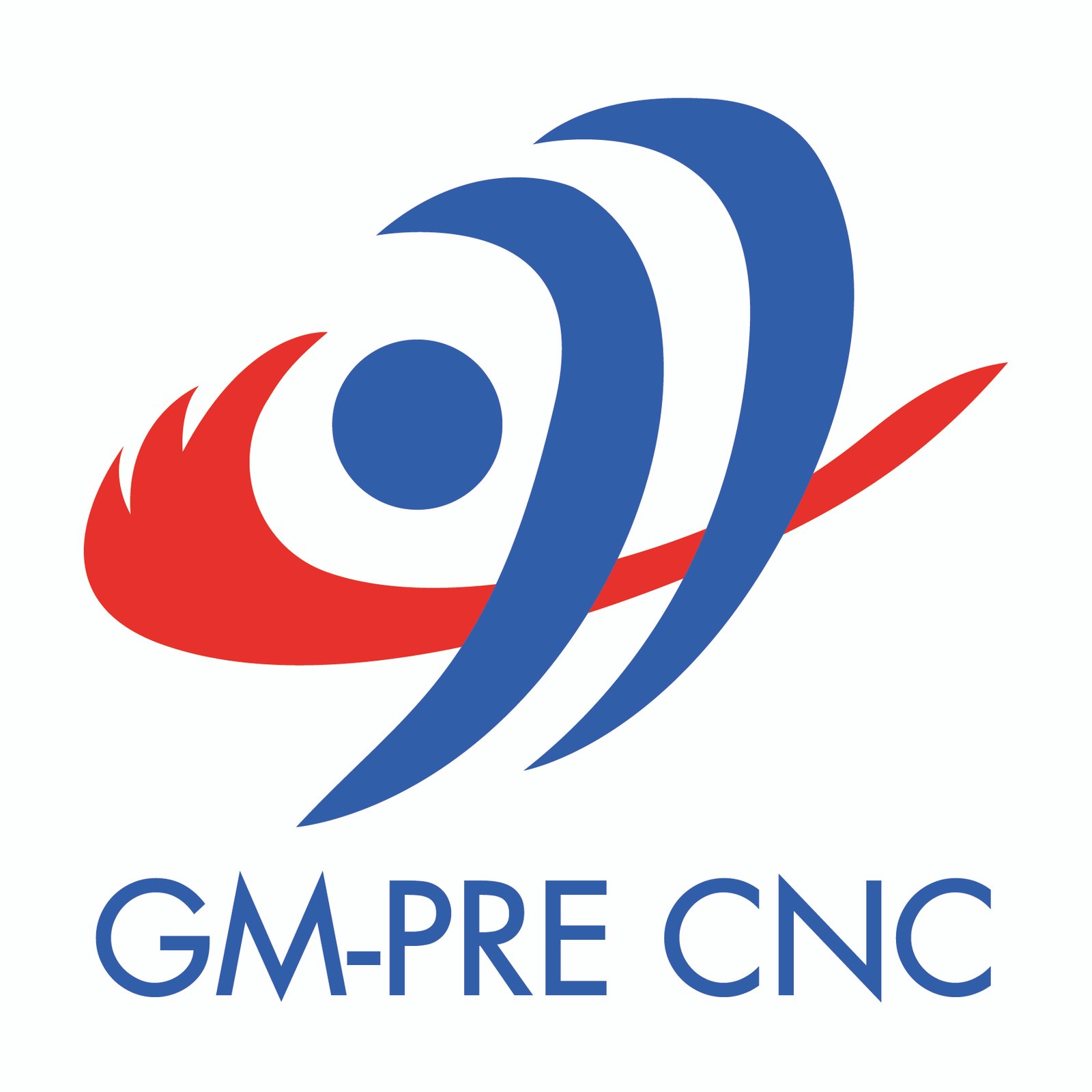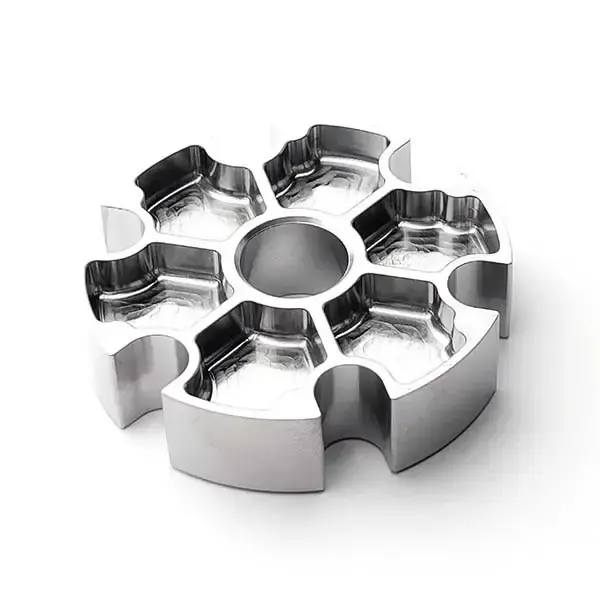
Steel
Steel is an extremely flexible and ubiquitous alloy composed of carbon and iron combined with various amounts of additional elements such as manganese, nickel, chromium and manganese that enhance specific properties.
【01】
Alloys
S235JR, C45R, 11SMnPb37, Q235A, 45, Q345, 12L14, 1215, 45Mn, 42CrMo
【02】
US Standard
ASTM A36
ASTM A53
ASTM A106
【03】
EN Standard
DIN EN 17155
【04】
GB Standard
ISO 3631
Application of Steel Materials
Steel is widely renowned for its durability and adaptability, making it an invaluable component in industries that span automotive production, construction projects, manufacturing processes and aerospace applications. Steel can be broken down into several types, including carbon steel, alloy steel and stainless steel. Each variety offers distinct characteristics like machinability corrosion resistance and heat resistance. Different methods such as plating anodizing and heat treatment are applied to enhance steel's durability and performance in tools, structural components or equipment construction projects.
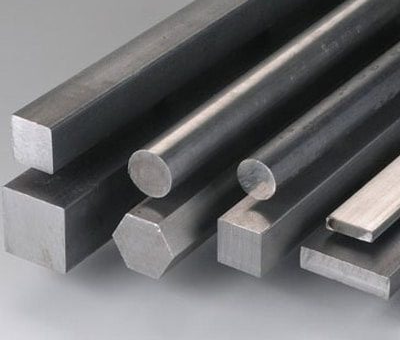
Steel S235JR
Surface Treament
Galvanizing
Painting
Shot blasting
Features
Low carbon steel.
Yield strength: Minimum 235 MPa.
Good weldability and formability.
Moderate strength.
Application
Structural applications, such as beams, columns, and frames.
Construction industry (e.g., bridges, buildings).
General-purpose applications where moderate strength is required.
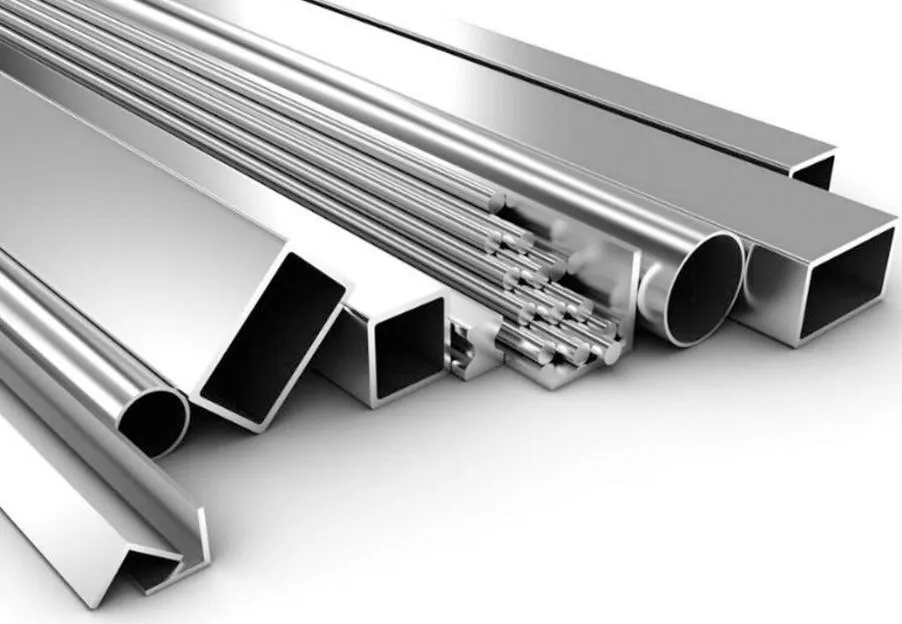
Steel C45R
Quenching and tempering
Case hardening
Electroplating (e.g., zinc or chrome plating)
Medium carbon steel (~0.45% C).
Good strength and hardness.
Suitable for heat treatment.
Mechanical engineering and automotive components.
Manufacturing of machine tools and dies.
Shafting, gears, and parts require medium hardness and wear resistance.
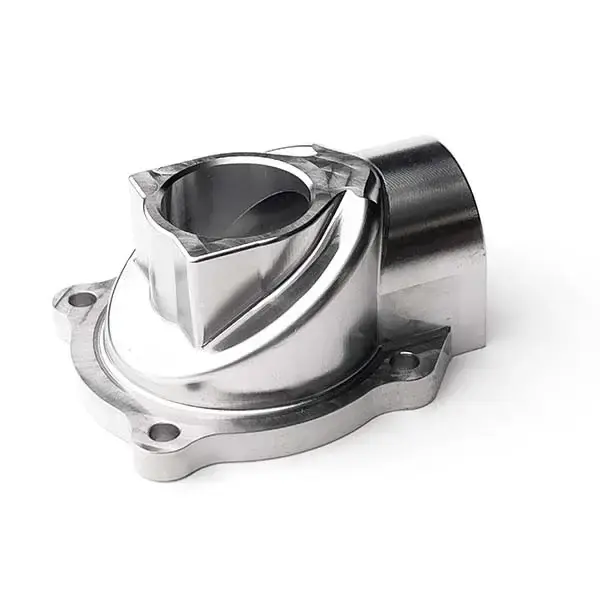
Steel 11SMnPb37
Electroplating (e.g., zinc or nickel plating)
Phosphating
Low-carbon steel with. manganese and lead.
Provides excellent machinability.
Moderate strength, but superior machinability due to lead content.
Components requiring easy machining, such as bolts, screws, and general mechanical parts.
Automotive and manufacturing sectors for parts that need high machinability.
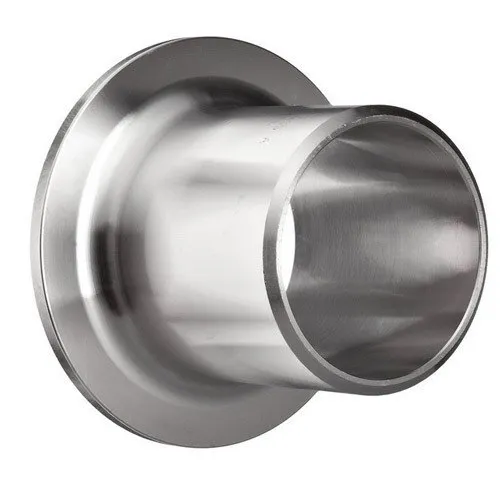
Steel Q235A
Hot-dip galvanizing
Spray painting
Passivation
Low carbon steel (similar to S235JR).
Good weldability, low tensile strength.
Tensile strength: 370-500 MPa.
Building door and window frames, furniture, decorative materials, display racks, etc.
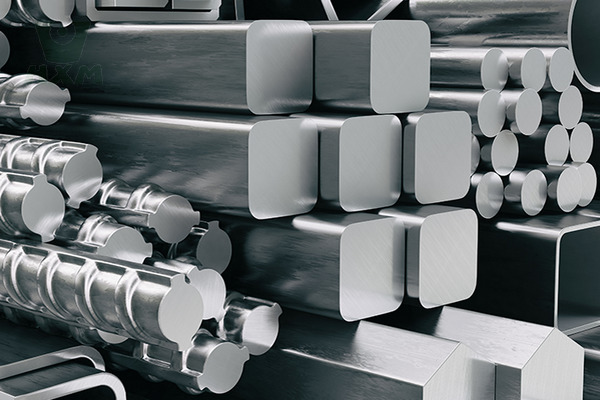
Steel 45
Quenching and tempering
Nitriding
Plating (chrome or nickel)
Medium carbon steel (~0.45% C).
Higher strength and hardness.
Can be heat-treated for hardening.
Manufacturing of shafts, gears, and heavy machinery components.
Automotive industry for engine components and structural parts.
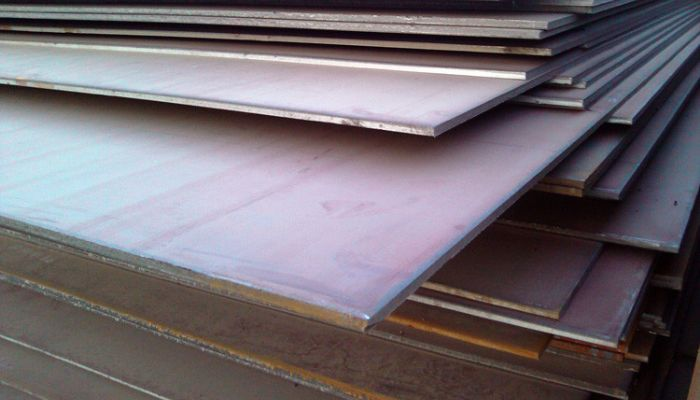
Steel Q345
Galvanizing
Shot blasting and painting
Heat treatment (quenching and tempering)
Medium carbon steel
High tensile strength (~470-630 MPa).
Good weldability and impact resistance, especially at low temperatures.
Used in heavy-duty structural applications such as bridges, cranes, and offshore platforms.
Industrial machinery and equipment require high strength and durability.
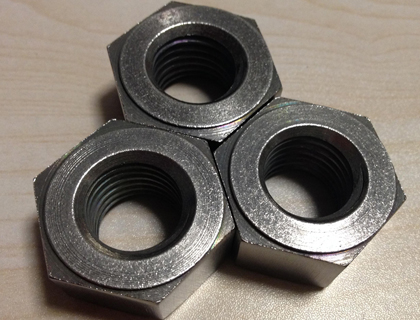
Steel 12L14
Plating (e.g., nickel, chrome)
Phosphating
Low-carbon steel with added lead
Improves machinability significantly.
Low tensile strength, high machinability.
High-volume machining of parts such as bolts, fasteners, and precision components.
Ideal for parts requiring complex shapes and minimal tool wear.
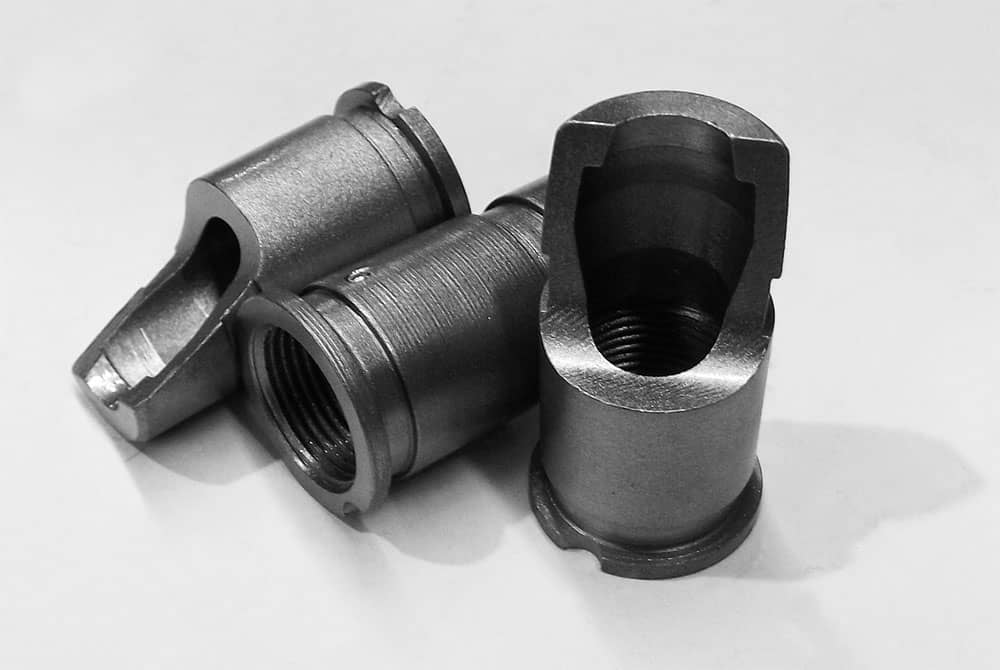
Steel 1215
Nickel or chrome plating
Phosphating
Low-carbon steel (approximately 0.15% C).
Excellent machinability due to lead.
Soft with excellent cutting and machining properties.
Precision-machined components, especially those requiring high-speed machining.
Used for low-stress components like bushings, bolts, and automotive parts.
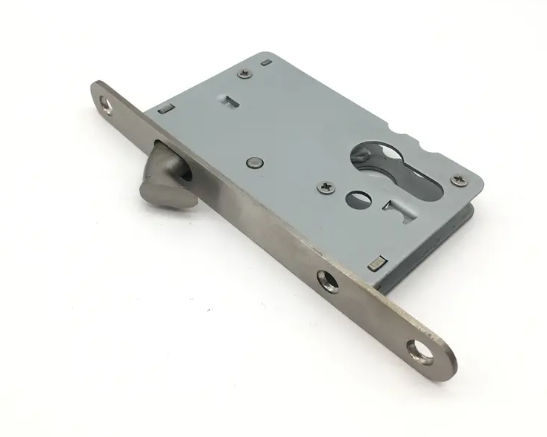
Steel 45Mn
Quenching and tempering
Nitriding
Chrome or nickel plating
Medium carbon steel (~0.45% C) with added manganese.
Good tensile strength, toughness, and wear resistance.
Suitable for heat treatment to increase hardness.
Parts like shafts, gears, and heavy-duty structural components requiring toughness.
Automotive and engineering applications requiring good fatigue resistance.
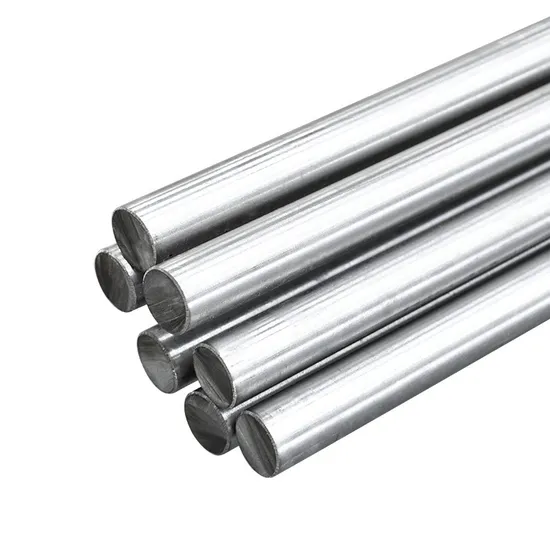
Steel 42CrMo
Case hardening or nitriding for high wear resistance.
Chromium plating for corrosion and wear protection.
Quenching and tempering
High-carbon steel (0.38-0.45% C) with chromium and molybdenum.
High tensile strength and wear resistance.
Excellent hardenability and fatigue resistance.
Critical components in machinery such as crankshafts, gears, and axles.
Aerospace, automotive, and heavy machinery industries for parts under high stress.

